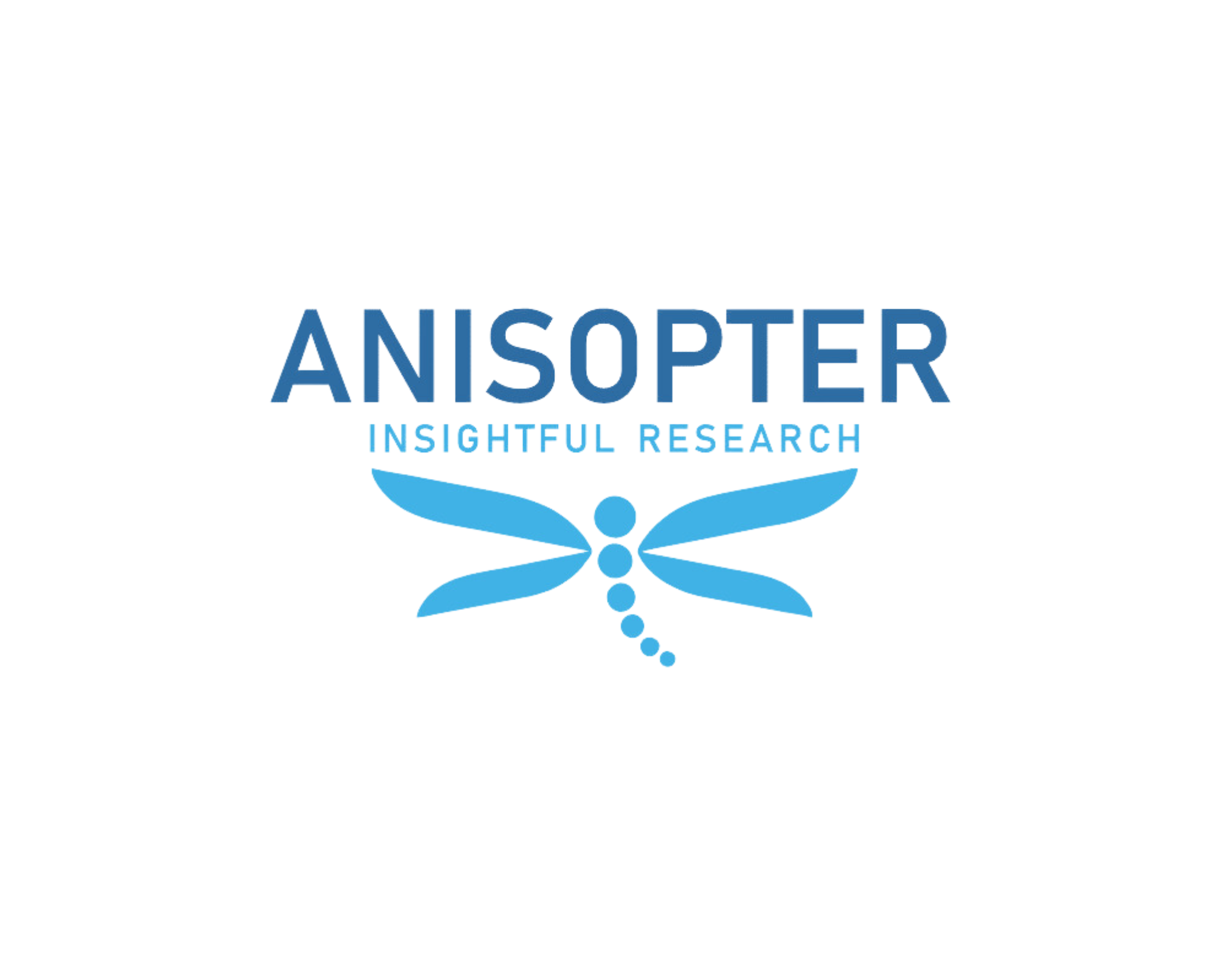Yes. At Anisopter, we are open to collaborating with companies, research centers, and professionals who share our interest in developing innovative structural solutions. If you have a proposal or collaboration idea, please do not hesitate to contact us here.
Anisopter has developed a patented node-based joining system that enables the rapid, precise assembly of structural tubes with fewer resources on-site. Designed to replace traditional connections (which can be heavier, more expensive, and require more welding), this system reduces assembly time, structural weight, and material use, while maintaining or enhancing structural performance.
Anisopter’s solutions are applicable in sectors such as energy, architecture, and space. Examples include optimized high-voltage power pylons, solar chimneys for renewable energy generation, satellite structures, and payload adapters for space launchers.
Anisopter Insightful Research is actively involved tanto in both pilot projects and full‑scale developments. Notably, it is currently working on a new support (tower) design for high-voltage transmission lines, specifically for 220 – 400 kV systems.
Anisopter’s tower designs are more compact and optimized, with a reduced visual and environmental impact. Thanks to their tubular lattice structure and node-based joints, they require less material, simplify assembly, and ease transportation—without compromising on strength or durability. Anisopter
Yes. The node-based joining system for structural tubes developed by Anisopter is patented, ensuring both exclusivity and recognition for its innovation in modular structures.
Yes. Anisopter’s innovative support design for high‑voltage transmission lines—based on optimized tubular lattices and metallic node connections—is protected under intellectual property rights and is registered as an industrial design. This new design delivers significant improvements in structural efficiency, ease of assembly, and environmental impact over conventional supports.
Anisopter combines a multidisciplinary approach with a “fail fast, fail cheap” philosophy, enabling rapid idea validation and design optimization before production. It integrates knowledge from civil, aerospace, and mechanical engineering to create disruptive solutions that reduce costs, environmental impact, and delivery times.

